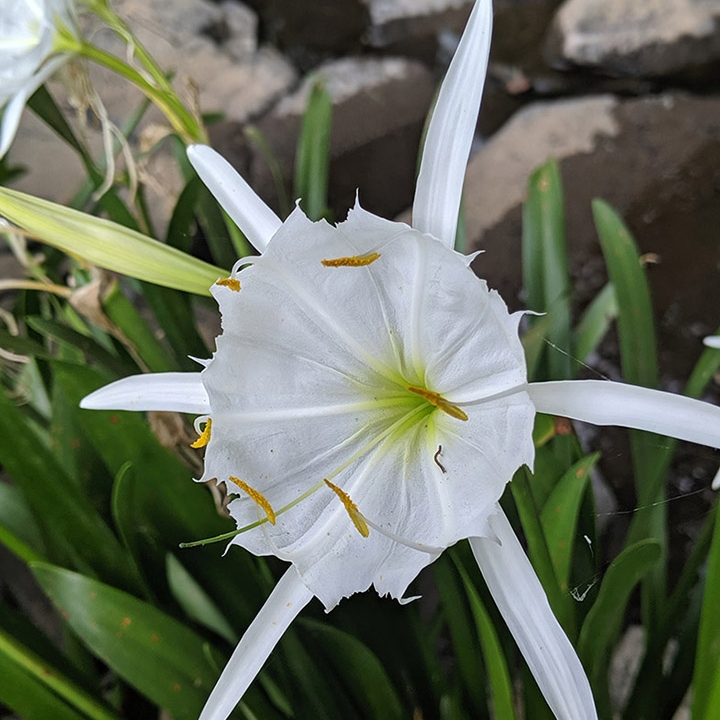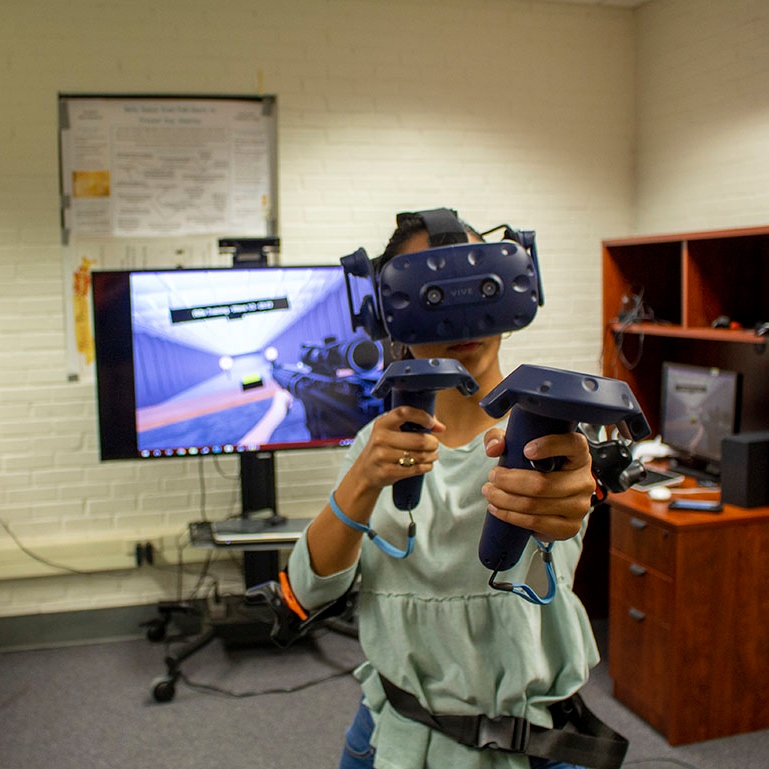Waikiki and the World
by Allyssa Haygood-Taylor
 When the average American thinks of a tropical playground, Hawaii often comes to mind. However, mass tourism on the island of Oahu has in some ways become toxic to the cultural landscape. The Waikiki and the World Creative Inquiry project, mentored by Dr. William Terry from the Department of History, is investigating the cultural authenticity of the tourist experience (i.e., if mainland tourists experience authentic cultural practices of the native people of the island), and the impacts of tourism and commodification of Hawaiian culture.
When the average American thinks of a tropical playground, Hawaii often comes to mind. However, mass tourism on the island of Oahu has in some ways become toxic to the cultural landscape. The Waikiki and the World Creative Inquiry project, mentored by Dr. William Terry from the Department of History, is investigating the cultural authenticity of the tourist experience (i.e., if mainland tourists experience authentic cultural practices of the native people of the island), and the impacts of tourism and commodification of Hawaiian culture.
As part of the team’s preliminary research to prepare for their trip to Hawaii, they identified experiences that appeared to have mainland influence as opposed to reflecting the genuine culture of native Hawaiians. The students’ work focused on: the environmental impact of agricultural practices; cultural and pacific orientalism (the way Pacific people have been imagined by Westerners as exotic others); culinary heritage and the struggle of preserving authentic, traditional foods; and American influence on how Hawaiian culture is sold to the rest of the world. The team examined these topics to identify performative authenticity—described as the interplay between tourism and authenticity. “Performative authenticity, such as lū’aus, are these very limited activities shown to tourists that perpetuate a culture while private practices are still being held,” Katie LaPorte, a junior history major, said. Whether lū’aus can be considered authentic experiences when removed from their original religious contexts is the sort of question the team is addressing.
When the team arrived in Waikiki, on the south shore of Honolulu, they hit the ground running. They studied the difference between popular tourist sites compared to local, sacred sites. The students visited less commercialized local markets and public religious sites to survey farmers and gain insight from native residents. They also worked with professors at the University of Hawaii, Manoa in Honolulu. This allowed each student to explore the island through a perspective dissimilar to their own. “We are wanting to experience Hawaii not tainted by tourism as tourism itself creates a cultural landscape that is constantly changing,” Della Maggio, a junior history and political science doublemajor, stated.
The Waikiki and the World Creative Inquiry project aims to present and understand the challenges that native peoples face in today’s modern world. The commodification of Hawaiian culture has become common outside of the islands. For example, entire “lū’aus” spreads can be purchased at Party City or at tiki bars. These commercial products have dramatic impacts on the cultural landscapes presented to visitors in Hawaii, in that tourists have come to expect certain commercialized stereotyped experiences. This project reinforces the efforts of those trying to preserve their native languages and authentic cuisine in the face of outside forces.
The COVID-19 pandemic affected some of the activities of the team’s trip but they were able to complete some research and personally experience performative authenticity. Now, the team is working on compiling images, personal testimonies and surveys to highlight their experience and findings. Ultimately, the students aim to assimilate their materials into a collection for publication. This Creative Inquiry hopes to continue to draw light on the American tropical playground that is Hawaii, and the subtle and not so subtle effects of tourism on it.
CONTACT
Barbara J. Speziale
Director
(864)656-1550
bjspz@clemson.edu
Cora Allard-Keese
Assistant Director
(864)656-0721
callara@clemson.edu


